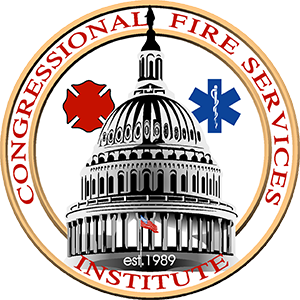On March 14, 2019, Senators Pat Toomey (PA) and Doug Jones (AL) introduced S. 803, the Restoring Investments in Improvements Act, bipartisan legislation to restore intended incentives for investments in Qualified Improvement Properties, including fire protection systems.
On December 22, 2017, President Trump signed the Tax Cut and Jobs Act of 2017 (P.L. 115-97). The legislation contained a significant provision to increase fire safety in commercial properties. The law classifies “fire protection systems” as an eligible property under Section 179 of the tax code. This provision allows small and medium-sized businesses to fully expense certain types of equipment purchases like machines, equipment, vehicles, and computers. With the expansion of Section 179 to now include fire protection systems, small and medium-sized businesses will be able to fully expense, up to $1 million, the retrofit of a property with automatic fire sprinklers.
While this is an important life safety provision, there was another provision that would have further incentivized commercial property owners to retrofit their properties with fire protection systems. Unfortunately, this second provision was inadvertently omitted from the legislation approved by Congress. The provision in question would classify “fire protection systems” (including automatic fire sprinkler systems) as Qualified Improvement Properties (QIP), which would be eligible for bonus depreciation. QIP includes fire sprinklers and any other non-structural improvement to the inside of a commercial building. This would allow fire protection systems to be eligible for immediate expensing for the first 5 years, tapering down to zero over the following 5 years. Additionally, at the end of this accelerated depreciation period, the depreciation schedule for fire sprinklers would be adjusted from 39-years to 15-years. However, due to a drafting error, this provision was not enacted as part of the 2017 tax reform law.
The Toomey-Jones bill would restore the intended incentives for investments in Qualified Improvement Properties, including fire protection systems, and make these incentives retroactive for property improvements placed into service since the date of the law’s enactment. The legislation has been referred to the Senate Finance Committee.
